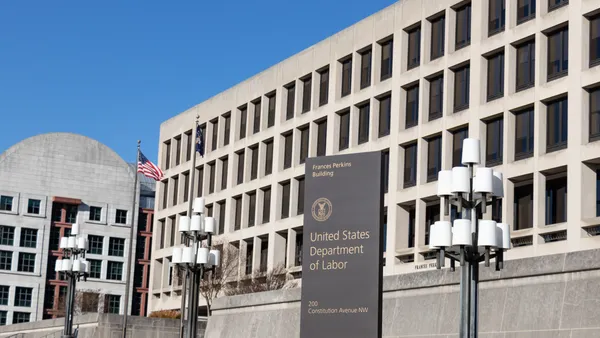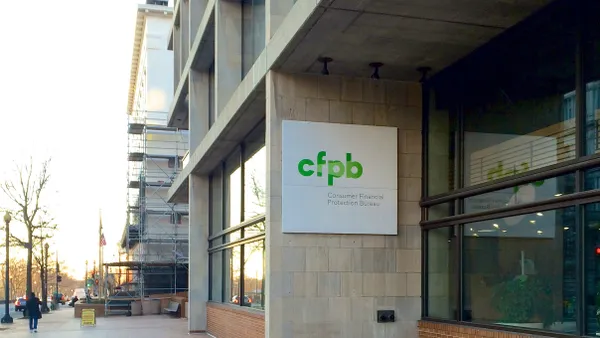Dive Brief:
- U.S. District Judge M. Casey Rodgers of the Northern District of Florida is directing counsel representing servicemembers in their landmark agreement with 3M over defective combat earplugs to disclose details of any third-party arrangements that were made to pay for the years-long legal matter.
- “It is important that … claimants are not exploited by predatory lending practices, such as interest rates well above market rates, which can interfere with their ability to objectively evaluate the fairness of their settlement options,” the judge said in her August 29 order.
- The mass tort settlement between servicemembers and 3M is the largest ever, involving some 260,000 claimants who stand to split the $6 billion settlement amount after they pay legal fees and any payments to third parties that provided money upfront to cover the cost of the litigation.
Dive Insight:
The use of third-party investors to help fund litigation was largely unheard of a decade ago but today it’s a big business, with some $17 billion invested in 2021, according to one estimate.
There is no federal requirement for disclosing the role of third-party funders in litigation but a small, and growing, number of judges and jurisdictions are requiring it. Louisiana, for example, is considering legislation to require the disclosure of any third-party funders in a case. If it passes, it will join New Jersey and Wisconsin in requiring it. And some judges, including U.S. District Court Chief Judge Colm Connolly, who presides in Delaware, have a standing order to require litigants to disclose any funder.
Critics say the presence of third-party funders distorts the judicial system by linking litigation to the profit motive but supporters say the money only goes to cases that deserve to be litigated and that otherwise wouldn’t get their day in court because plaintiffs don’t have the resources to challenge deep-pocketed defendants.
In her order, Judge Rodgers says it’s important to know if third-party funders are backing the claimants in the 3M matter because of the deal’s magnitude.
“For at least the past decade, settlements of this size and nature have often attracted the attention of third-party litigation funding entities intending to prey on litigants,” she said.
Under the 3M settlement, the company is paying out $5 billion in cash and $1 billion in stocks over several years to roughly 260,000 servicemembers who say their use of the earplugs has led to hearing impairment.
The earplugs are made by Aearo Technologies, which 3M bought in 2008. The earplugs are designed to soften battlefield noises while still allowing people to hear one another in conversation.
3M says the earplugs work as advertised if they’re worn correctly and in its settlement it’s not admitting liability.
In the order, Judge Rodgers wants plaintiffs counsel to identify any claimants that have entered into an agreement with a third-party funder, the funding companies involved and the terms of the deal, including any terms related to how counsel get paid.
Counsel are to include all the documentation as well, and be prepared to meet with the court to discuss the deals.
Drawing on findings from a 2022 report by the Government Accountability Office, Judge Rodgers said it’s important to find out if the deals are creating a conflict between counsel and clients. Plaintiffs might want to hold out for more money, for example, if they feel too much of the settlement money is going to the funder.
“‘Plaintiffs [may be deterred] from accepting a settlement offer because they may want to make up the amount they will be forced to repay the funder,’” Judge Rodgers said, quoting from the GAO report.
What a funder charges is proprietary, but by some accounts they typically seek returns of three to four times what they provide to pay some or all of the litigation costs, in the case of a single lawsuit, or around 18% if they cover the cost of a portfolio of lawsuits – about the same as a very high-interest loan.











